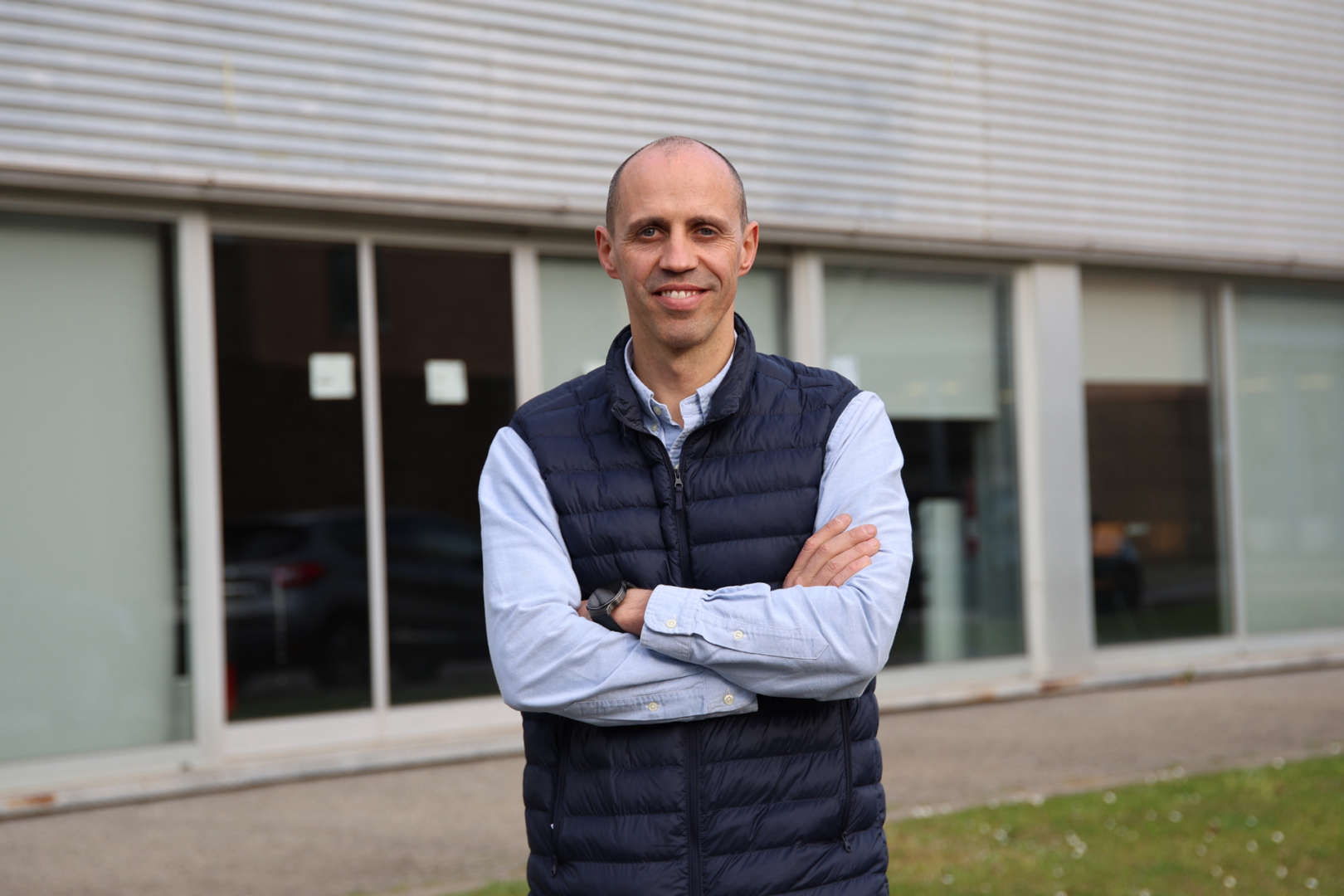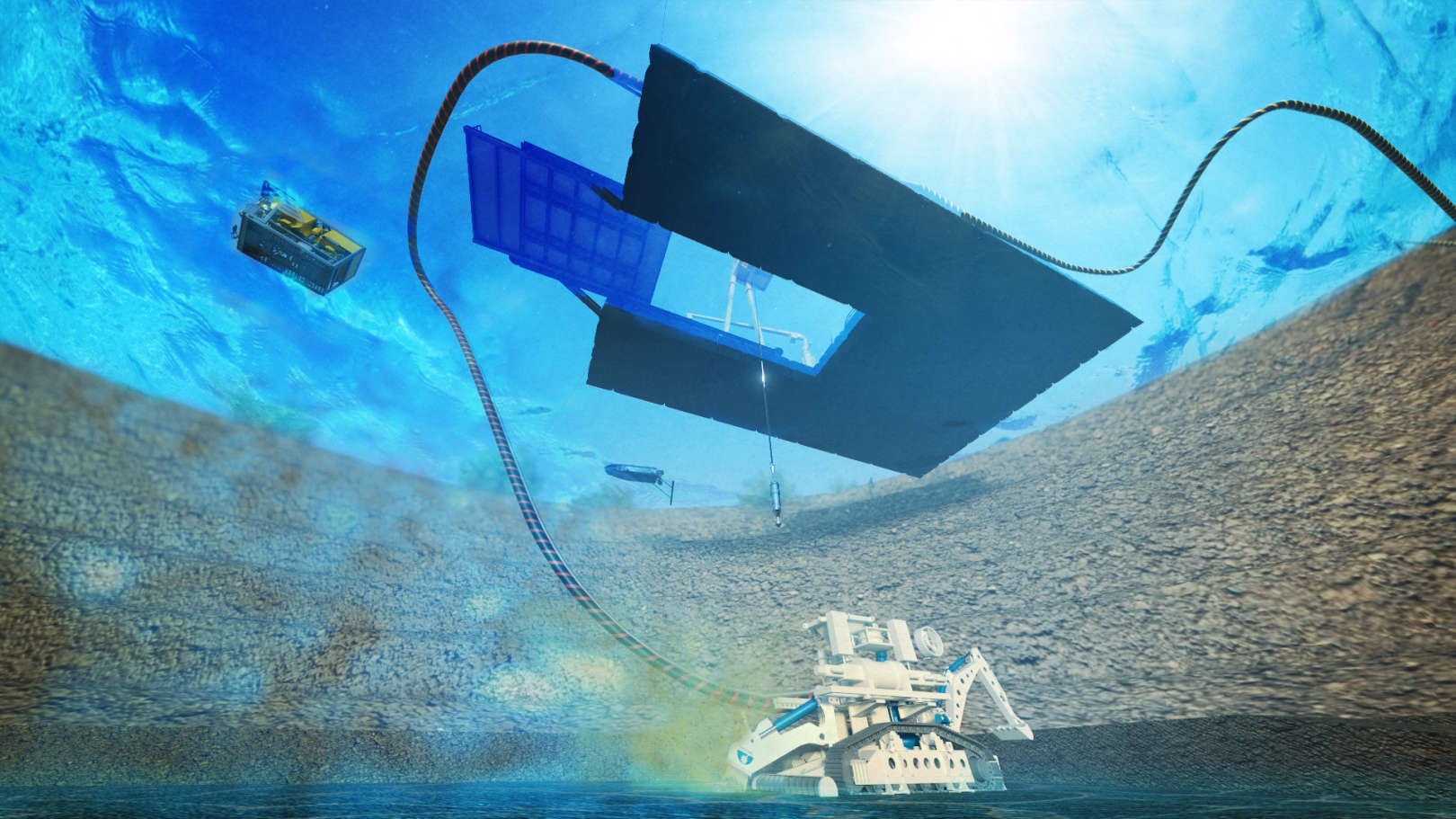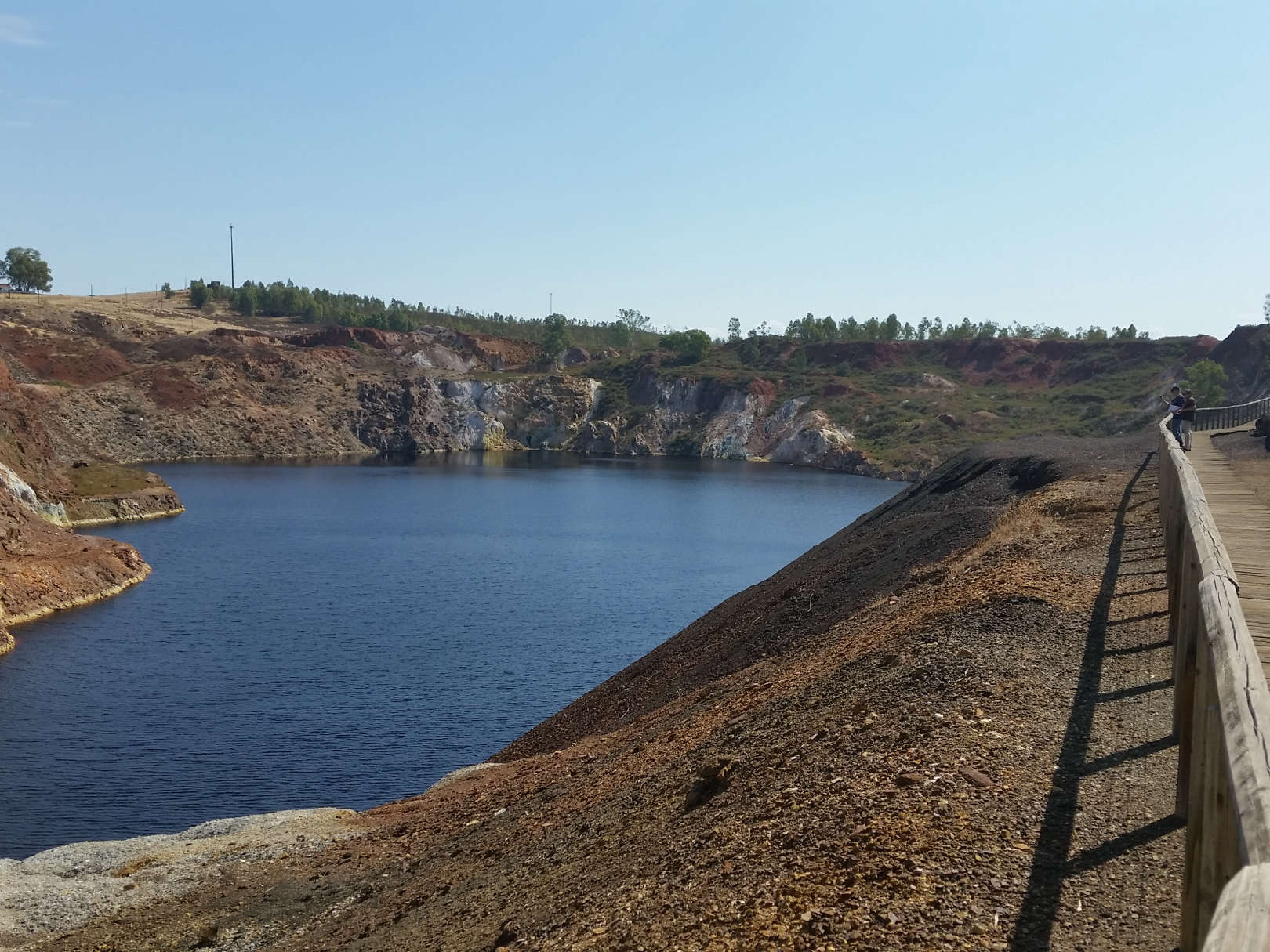About
I was born in Porto in 1981 and I lived my childhood in my parents home village called S. Paio de Oleiros. After I conclude my high school in technological course of electronics at Escola Dr. Manuel Gomes de Almeida in 1999, I joined ISEP - Higher Institute of Engineering of Porto in Bachelor's degree of Electrical Engineering, branch of Electronics and Computers. In 2001 I joined the Autonomous System Laboratory that just started of research in robotics. In 2007 I concluded the Bachelor's degree and, two years later, at the same institution, I obtained the Master's degree in Electrical Engineering, branch of Autonomous Systems. In 2010 I was invited by ISEP to teach real time operating systems in the Electric Engineering Department (as Invited Assistant). In 2016 I was contracted as a researcher by INESCTEC to work in the Center for Autonomous Systems (CRAS). I'm now working on the H2020 UNEXMIN Project doing research on science and technology in robotics to be applied on flooded mines.




